Acclaim for KINTA BEEVORs
A TUSCAN CHILDHOOD
Delightful. The pages are alive with vivid characters, from stonemasons and farm workers to foreign Bohemians. A joy.
The Observer (London)
[Beevor] helps us put words to the sense of loss that is the price paid by all who have ever reached out to touch paradise.
The Washington Post Book World
Kinta Beevors distinctive contribution is in her detailed and unsentimental account of the peasant life of the time, its surroundings, its labours and its joys, and in her ability to convey the remembered happiness of a childhood spent in the freedom of two exceptionally beautiful houses amid some of the most delectable countryside in the world.
Times Literary Supplement (London)
A nice surprise Beevors memoir is the real thing. One feels quite at home in Kinta Beevors Tuscany in 1916 and is grateful that she wrote about it.
The Washington Times
Its unpretentiousness and authenticity, and above all the sincerity of the writers affection for an Italy now long lost, make it an attractive and engaging read.
The Spectator
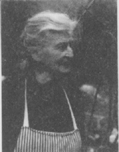
KINTA BEEVOR
A TUSCAN CHILDHOOD
Kinta Beevor was born in 1911 in Northbourne, England, and died in 1995. A Tuscan Childhood, published in Great Britain in 1993, was her only book.
 FIRST VINTAGE DEPARTURES EDITION, FEBRUARY 2000
FIRST VINTAGE DEPARTURES EDITION, FEBRUARY 2000
Copyright 1993 by Antony Beevor
All rights reserved under International and Pan-American Copyright Conventions. Published in the United States by Vintage Books, a division of Random House, Inc., New York. Originally published in Great Britain by Viking, a division of Penguin Books Ltd., London, in 1993. Originally published in hardcover in the United States by Pantheon Books, a division of Random House, Inc., New York, in 1999.
Vintage is a registered trademark of Random House, Inc., and Vintage
Departures and colophon are trademarks of Random House, Inc.
The Library of Congress has cataloged the Pantheon edition as follows:
Beevor, Kinta, 191195.
A Tuscan childhood / Kinta Beevor.
p. cm.
1. Beevor, Kinta, 191195Childhood and youth. 2. BritishItalyTuscanyBiography. 3. Tuscany (Italy)Social life and customs. 4. ChildrenItalyTuscanySocial life and customs. 5. BritishItalyTuscanyIntellectual life. I. Title.
DG735.6.B45 1999
945.5091092dc21 [B] 98-42173
eISBN: 978-0-307-49218-0
Author photograph James Fergusson
www.vintagebooks.com
v3.1_r1
To my Grandchildren
CONTENTS
LIST OF PLATES
Section I
Section II
Section III
CHAPTER ONE

The Garden in the Sky
There it is! said my mother pointing out of the carriage window. The curve of the track as it followed the contours of the hills along the river Magra gave us a glimpse up the valley. The castle stood revealed on a distant spur that overlooked the confluence of two rivers. In between, wooded hills sloped in on either side like scenery in a toy theatre. This landscape of steep hills covered in chestnut trees, with mountains in the background, was typical of the Lunigiana, the north-western frontier of Tuscany. Beyond the Apennines lay Parma, and to the west of the Magra lay Genoese Liguria.
Those who saw the Fortezza della Brunella for the first time had mixed feelings. As the word fortress implied it was a massive military structure, with square towers at each corner and huge walls like the base of a ziggurat, yet I could see why my mother still tended to refer to it as the castle. It had a certain majesty up on its rock above the river. For my father, who had fallen in love with it at first sight in 1896, this extraordinary choice for a dwelling place promised an enchanted world far from English formality.
Yet this was my first sight of the castle. It was the late summer of 1916. I was five and my brother John was seven. My father was away at the war and my mother had decided to bring John and me over from Florence where we were living with our great-aunt, Janet Ross. Following Italys declaration of war on the Allied side, a small detachment of soldiers had been sent to the castle to watch for Austrian aircraft, and my mother wanted to check that all was well.
At Aulla station, she greeted several people and found the driver of a pony-trap who was willing to drive us up to the castle. On the narrow carriage-drive, his barroccino rattled and creaked and lurched and jarred alarmingly, for this serpentine route up the steep hillside had been hewn from volcanic rock. At each of the hairpin bends the thin little horse had to circle sideways, pivoting the cart on its own axis.
John and I kept glancing back and forth, from the red-brown rock with its strange igneous streaks on one side to the drop down the very steep slope on the other. We wondered how many carriages and carts had toppled over. In those days there were only a few ilex trees to halt a very stony descent. Later, the outcrops of volcanic rock were softened or concealed by a whole wood of ilexes planted by my father, as well as cypresses and umbrella pines grown from seeds that he brought back from the island of Elba where they were famous for the straightness of their trunks. There were no olive trees to be seen in either of the flanking valleys because of the river mists.
It was a relief to reach the top of the ridge on which the castle stood hidden by more ilex trees and some stone pines. But this first sight of our parents home at close quarters came as a shock. From the train coming up the Magra valley there had been that distant glimpse of a toy fortress, but now we found ourselves facing massive ivy-covered walls and towers across a deep dry moat. The effect was overwhelmingly powerful.
John and I climbed down from the trap feeling very subdued. We gazed up at the ramparts high above us. The place looked as if it had been abandoned under an enchanters spell. I became conscious of the noise of the cicadas throbbing in the heat and the smell of baked earth and pine needles. We walked cautiously to the edge of the moat while my mother paid the driver.
The entrance door was reached by a brick bridge that spanned the moat like a miniature viaduct. Although fixed, it was always known as the drawbridge. When my mother led us across John and I clung to her, hardly daring to look down into the moats scrub-concealed depths over twenty feet below. Looking up produced a similar sensation, for the square corner tower was nearly sixty feet high.
We found ourselves in a dark, cell-like room with small square windows set deep in the thick walls. It was cool, almost cold after the heat outside. There was a damp smell of whitewash. As our eyes grew accustomed to the gloom, we saw that we were entering a tunnel with smooth walls but a rough, cave-like ceiling which showed that it had been cut through solid rock. Up one side a staircase ascended to the top of the tower; when we passed, our movement disturbed some of the bats who emitted virtually inaudible squeaks of alarm.


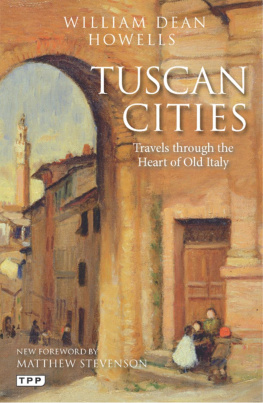
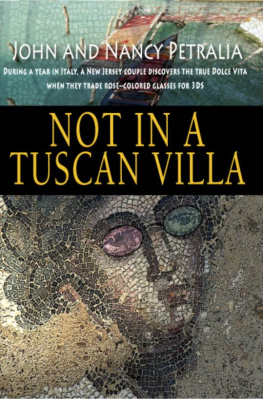

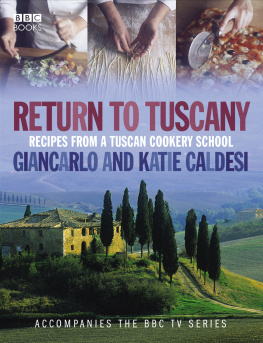
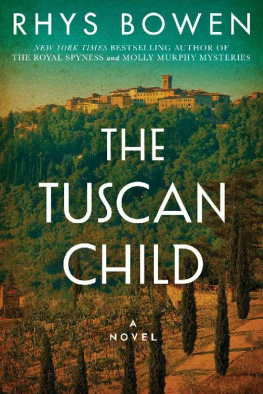

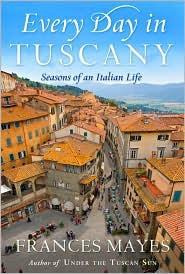


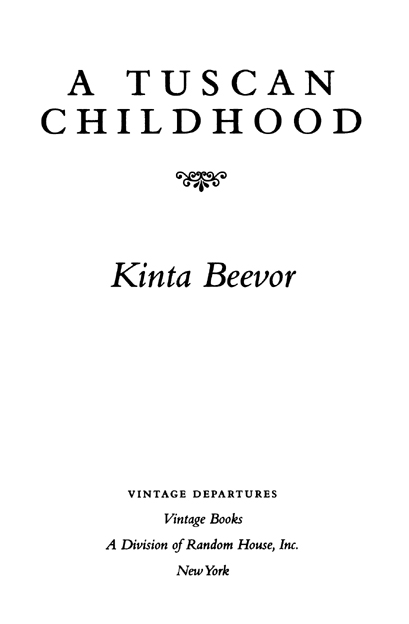
 FIRST VINTAGE DEPARTURES EDITION, FEBRUARY 2000
FIRST VINTAGE DEPARTURES EDITION, FEBRUARY 2000